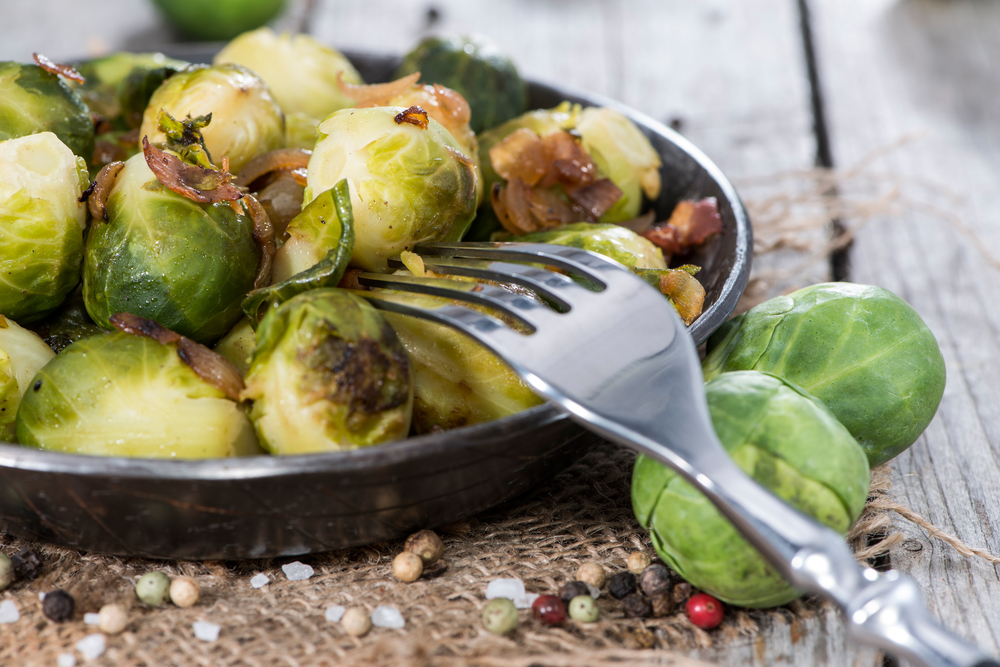I have often heard people say that kale is an acquired taste. Some people love it, while others find it too bitter to enjoy. But what does kale actually taste like? In this article, I will explore the taste profile of kale and provide some tips on how to make it taste delicious.
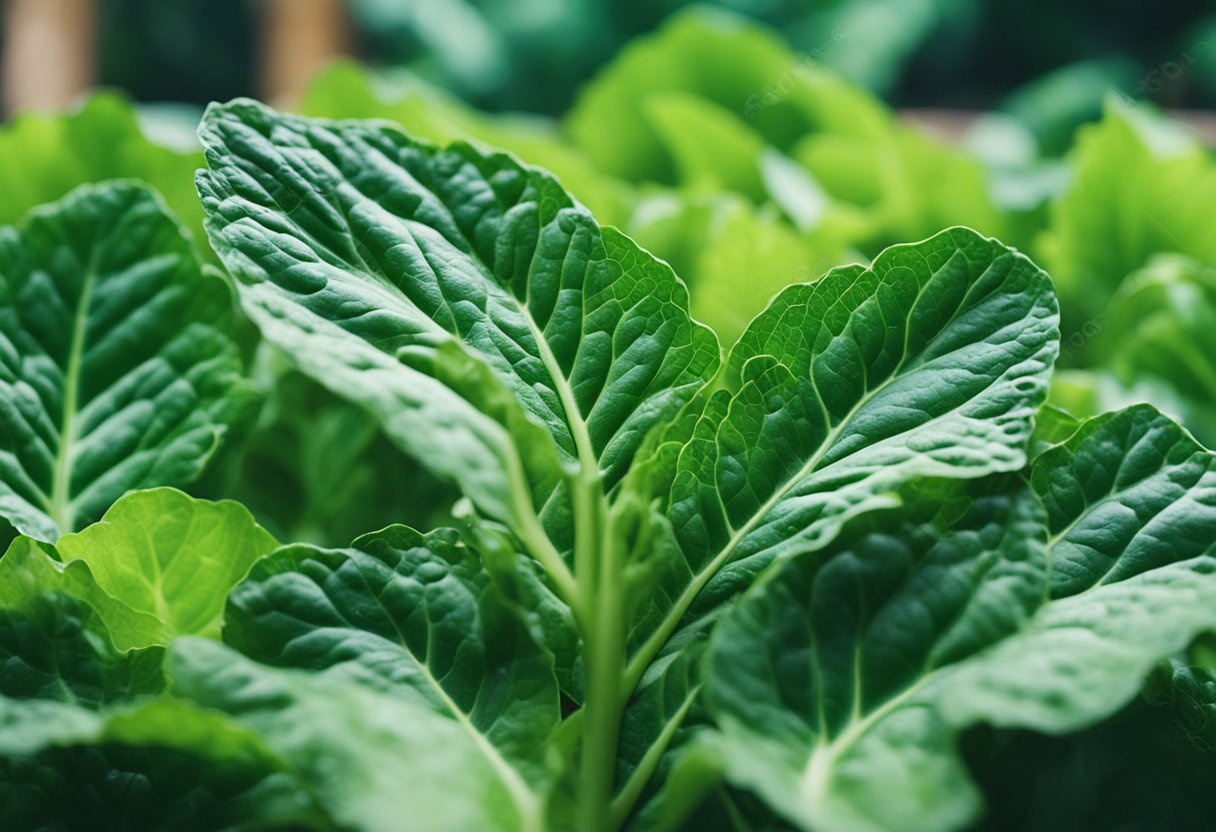
Kale is a leafy green vegetable that belongs to the same family as broccoli, cauliflower, and Brussels sprouts. Raw kale has a slightly bitter and earthy taste, which can be off-putting to some people.
However, when cooked, kale becomes tender and takes on a more delicate flavor. The taste of cooked kale can vary depending on the cooking method and the seasonings used.
If you’re looking to incorporate more kale into your diet, it’s important to understand its taste profile and how to enhance its flavor. Whether you’re making a salad, soup, or stir-fry, there are plenty of ways to make kale taste delicious. So let’s dive in and explore the world of kale!
Key Takeaways
- Kale has a slightly bitter and earthy taste when eaten raw, but becomes tender and delicate when cooked.
- The taste of cooked kale can vary depending on the cooking method and seasonings used.
- There are many ways to enhance the flavor of kale and make it taste delicious in different dishes.
Understanding Kale
Kale is a leafy green vegetable that belongs to the Brassica family, which also includes cabbage, broccoli, and cauliflower. It is a nutrient-dense vegetable and is considered a superfood due to its high levels of vitamins A, C, and K, as well as calcium, iron, and antioxidants.
There are several varieties of kale, including curly kale, red Russian kale, dinosaur kale, and Siberian kale. Each variety has a slightly different taste, texture, and appearance. Curly kale is the most common variety and has a slightly bitter taste, while red Russian kale has a sweet and nutty flavor.
Dinosaur kale, also known as Lacinato kale, has a more delicate taste and texture, and Siberian kale has a milder flavor.
Kale is a versatile vegetable and can be eaten raw or cooked. When eaten raw, kale can have a tough texture and a slightly bitter taste. However, when cooked, kale becomes tender and takes on a more delicate flavor. It can be sautéed, roasted, or steamed, and is often used in salads, soups, and stir-fries.
Kale is a hardy vegetable and can be grown in a variety of climates. It is a member of the Brassica napus and Brassica oleracea species, which are known for their ability to grow in colder weather.
Kale can be grown in the spring and fall, and some varieties can even withstand frost and snow.
Overall, kale is a nutritious and flavorful vegetable that can be enjoyed in a variety of ways. Its slightly bitter taste may take some getting used to, but it is well worth incorporating into your diet for its many health benefits.
Taste Profile of Raw Kale
I have tasted raw kale on numerous occasions, and I can confidently say that it has a unique taste profile. Raw kale has a slightly bitter and earthy taste, with variations depending on the variety and preparation.
When eaten raw, kale is quite crunchy and has a notable strong taste that not everyone is able to appreciate and enjoy. Its leaves are rather dry and tough to chew, making it a bit challenging to consume. However, if you try young kale, it will be a bit milder.
Some people find raw kale too bitter and unpalatable, while others enjoy its distinct taste. The bitterness of raw kale is due to the presence of certain compounds, such as glucosinolates, which are responsible for its pungent flavor.
Overall, raw kale has a nutty flavor that adds depth and a peppery kick similar to arugula or mustard greens. It is important to note that the taste of kale can be influenced by the way it is prepared.
For instance, massaging raw kale with a bit of olive oil and salt can help to reduce its bitterness and make it more enjoyable to eat.
In summary, raw kale has a unique taste profile that is slightly bitter and earthy, with a nutty flavor that adds depth and a peppery kick. While it may not be everyone’s cup of tea, kale is a highly nutritious vegetable that can be enjoyed in a variety of ways.
Taste Profile of Cooked Kale
I have found that cooked kale has a much milder taste compared to raw kale. The bitterness is reduced significantly when kale is cooked. The texture of kale changes when it is cooked as well. The leaves wilt and become softer, making it easier to chew and digest.
There are a few different ways to cook kale. One popular method is sautéing it with garlic and seasoning. This method adds a lot of flavor to the kale and makes it taste delicious.
To sauté kale, heat up some oil in a pan, add garlic, and then add the kale. Cook the kale until it is wilted and tender. Season with salt and pepper to taste.
Another way to cook kale is by steaming it. Steaming is a great way to preserve the nutrients in kale while also making it easier to digest. To steam kale, fill a pot with water and bring it to a boil.
Add the kale to a steamer basket and place it over the pot of boiling water. Cover the pot and steam the kale for about 5-7 minutes, or until it is tender.
When it comes to seasoning cooked kale, there are many options to choose from. Some popular seasonings include lemon juice, soy sauce, balsamic vinegar, and red pepper flakes. These seasonings can add a lot of flavor to the kale and make it taste even better.
In conclusion, cooked kale has a milder taste and softer texture compared to raw kale. It can be cooked in a variety of ways, including sautéing and steaming. Adding garlic and other seasonings can enhance the flavor of cooked kale and make it a delicious and healthy addition to any meal.
Kale in Different Dishes
When it comes to incorporating kale into different dishes, the options are endless. Kale is a versatile vegetable that can be used in a variety of ways, from salads to smoothies to pasta dishes. Here are some ideas for incorporating kale into your meals:
Kale Salad
Kale is a popular ingredient in salads, and for good reason. Its hearty texture and slightly bitter taste make it a great base for a filling and nutritious salad. To make a simple kale salad, start with a bunch of kale and remove the tough stems.
Massage the leaves with a bit of olive oil and lemon juice to help soften them. Then, add your favorite toppings, such as cherry tomatoes, avocado, and grilled chicken. For a dressing, try a simple vinaigrette made with olive oil, apple cider vinegar, and dijon mustard.
Kale Smoothie
If you’re looking for a way to sneak some greens into your breakfast, try adding kale to your smoothie. Kale pairs well with sweet fruits like bananas and berries, and can also be combined with protein powder and nut butter for a filling and nutritious meal.
To make a kale smoothie, blend together kale leaves, frozen fruit, almond milk, and any other desired ingredients until smooth.
Kale Chips
Kale chips are a healthy and satisfying alternative to traditional potato chips. To make kale chips, simply remove the stems from a bunch of kale and tear the leaves into bite-sized pieces.
Toss the kale with a bit of olive oil and salt, then spread the leaves out on a baking sheet and bake at 350 degrees Fahrenheit for 10-15 minutes, or until crispy.
Kale Pasta
Kale can also be incorporated into pasta dishes for a hearty and nutritious meal. To make a simple kale pasta, start by cooking your favorite pasta according to the package directions.
In a separate pan, sauté kale leaves with garlic and olive oil until wilted. Toss the cooked pasta with the kale mixture, then add grated parmesan cheese and red pepper flakes for a bit of heat.
Kale Pesto
For a twist on traditional pesto, try making a kale pesto. To make kale pesto, blend together kale leaves, garlic, pine nuts, parmesan cheese, and olive oil until smooth. Use the pesto as a topping for pasta, spread it on sandwiches, or use it as a dip for veggies.
Overall, kale is a versatile and nutritious ingredient that can be used in a variety of dishes. Whether you’re making a salad, smoothie, or pasta dish, kale is a great way to add some extra veggies to your meal.
Preparing and Storing Kale
When it comes to preparing kale, there are a few things to keep in mind to ensure you get the best taste and texture out of this leafy green.
Firstly, it’s important to remove the tough stems before cooking or eating. You can do this by simply holding the stem with one hand and stripping the leaves off with the other. Alternatively, you can cut the leaves away from the stem with a sharp knife.
Once you have removed the stems, you can chop the kale leaves to your desired size. Some people prefer to chop their kale into small pieces, while others like larger pieces. It’s really up to you and what you prefer.
When it comes to cooking kale, there are many different methods you can use. You can sauté it in a pan with some olive oil, salt, and pepper for a simple and delicious side dish. Alternatively, you can add it to soups, stews, or stir-fries for an extra boost of nutrients.
If you prefer to eat your kale raw, you can add it to salads or smoothies. Just be sure to massage the kale leaves with some olive oil and lemon juice before adding them to your dish. This will help to soften the leaves and make them more tender.
When it comes to storing kale, it’s important to keep it in the fridge to help it stay fresh for as long as possible. You can store kale in a plastic bag in the crisper drawer of your fridge for up to a week. Just be sure to remove any excess air from the bag before sealing it.
In conclusion, preparing and storing kale is easy once you know what to do. By removing the tough stems, chopping the leaves to your desired size, and cooking or eating it with your favorite seasonings, you can enjoy the delicious taste and health benefits of this superfood.
Health and Nutritional Benefits of Kale
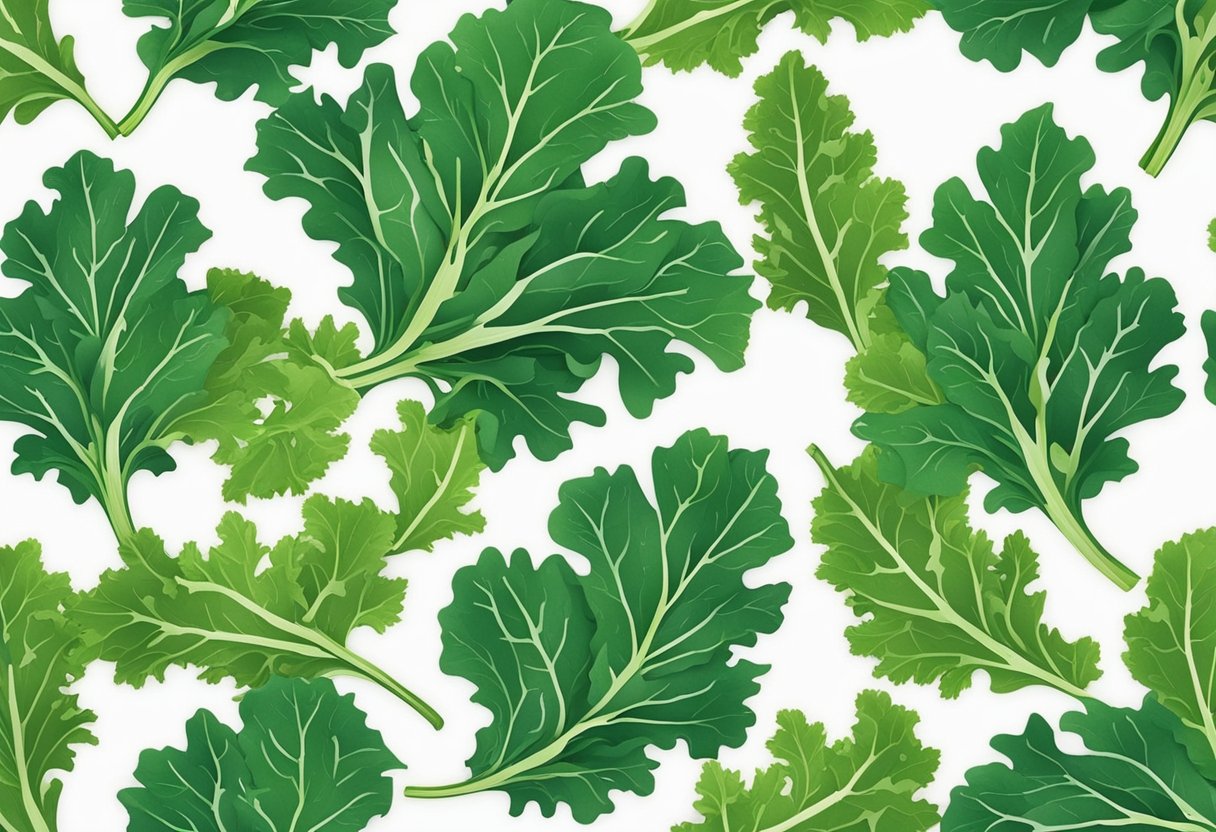
As a cruciferous vegetable, kale is packed with nutrients, vitamins, and minerals that make it a superfood worthy of a place in any healthy diet. Here are some of the top health and nutritional benefits of kale:
Nutrients and Vitamins
Kale is a great source of nutrients and vitamins. One cup of raw kale contains:
- Vitamin A: 206% of the RDI
- Vitamin C: 134% of the RDI
- Vitamin K: 684% of the RDI
- Calcium: 9% of the RDI
- Iron: 6% of the RDI
Fiber
Kale is also high in fiber, which can help with digestion and aid in weight loss. One cup of raw kale contains 2.6 grams of fiber.
Low in Calories
Kale is low in calories, with only 33 calories per cup of raw kale. This makes it a great addition to any diet for those looking to lose weight or maintain a healthy weight.
Antioxidants
Kale is rich in antioxidants, which can help protect against cell damage and reduce the risk of chronic diseases such as cancer and heart disease.
Nutritious
Overall, kale is a highly nutritious vegetable that is packed with vitamins, minerals, and fiber. It is a great addition to any diet and can help boost overall health and well-being.
In conclusion, kale is a highly nutritious and healthy vegetable that offers a wide range of health and nutritional benefits. Whether you are looking to lose weight, improve digestion, or simply boost your overall health, kale is a great choice that is easy to incorporate into your diet.
Kale Varieties and Their Unique Tastes
As a leafy green vegetable, kale is a member of the Brassica family, which also includes cabbage, broccoli, and cauliflower.
There are many different types of kale, each with its own unique taste and texture. In this section, I will discuss some of the most common kale varieties and what makes them different from one another.
Curly Kale
Curly kale is the most common type of kale and is often found in grocery stores. It has curly, ruffled leaves that are deep green in color.
Curly kale has a slightly bitter taste and a chewy texture. It is best used in salads or as a garnish due to its attractive appearance.
Lacinato Kale
Also known as Tuscan kale or dinosaur kale, Lacinato kale has long, narrow leaves that are dark green in color. It has a sweeter, more delicate taste than curly kale and a softer texture. Lacinato kale is often used in soups, stews, and pasta dishes.
Red Russian Kale
Red Russian kale has flat, frilly leaves that are reddish-purple in color. It has a slightly sweet taste and a tender texture, making it a popular choice for salads and smoothies. Red Russian kale is also often used in stir-fries and sautés.
Baby Kale
Baby kale is harvested when the leaves are still young and tender, making it a milder and more delicate version of mature kale. It has a slightly sweet taste and a soft texture. Baby kale is often used in salads, sandwiches, and smoothies.
Mature Kale
Mature kale has a tougher texture and a stronger, more bitter taste than baby kale. It is best used in cooked dishes, such as soups, stews, and casseroles. Mature kale is also often used in smoothies and juices, as its strong flavor can be balanced out by other ingredients.
In addition to these common kale varieties, there are many other types of kale available, including purple kale, lettuce kale, and broccoli kale. Each of these varieties has its own unique taste and texture, making kale a versatile and flavorful ingredient in many different types of dishes.
Enhancing the Taste of Kale
As a member of the cabbage family, kale has a similar flavor profile to its relatives. It has a slightly bitter and earthy taste, which can be off-putting to some people.
However, with a few simple tips, you can enhance the flavor of kale and make it a delicious addition to your meals.
One of the easiest ways to improve the taste of kale is to add some sweetness. You can do this by pairing it with sweet ingredients like dried fruits, honey, or maple syrup.
Alternatively, you can cook kale with other vegetables that have a sweeter flavor, such as sweet potatoes or carrots.
Another way to improve the taste of kale is to add some seasoning. You can use a variety of herbs and spices to complement its flavor, such as basil, garlic, or shallots. You can also experiment with different types of cheese, like feta or parmesan, to add some richness to your kale dishes.
If you’re looking for a healthy snack, kale chips are a great option. To make them, simply coat kale leaves with a little olive oil and seasoning, then bake them in the oven until crispy. They make a great alternative to potato chips and are a delicious way to enjoy kale.
Kale is also a great addition to salads. To make a tasty kale salad, massage the leaves with a little olive oil and lime juice to soften them up. Then, add some chopped walnuts or peanuts for crunch and some dried cranberries or raisins for sweetness.
In conclusion, while kale has an earthy flavor, there are many ways to enhance its taste. By adding some sweetness, seasoning, or pairing it with other ingredients, you can make kale a delicious and nutritious addition to your meals.
Incorporating Kale into Your Diet
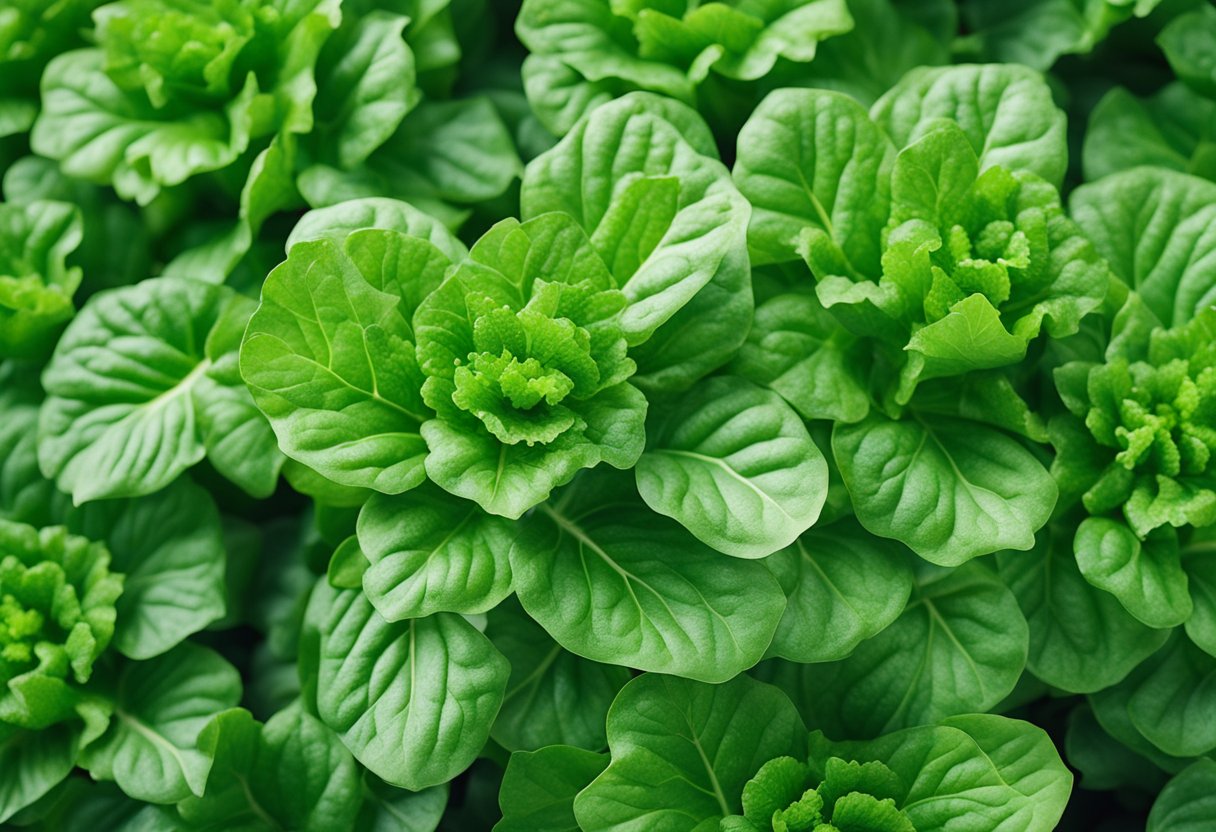
I love incorporating kale into my diet because it is packed with nutrients, and there are so many delicious ways to enjoy it. Here are some of my favorite ways to use kale in my meals:
Smoothies
One of the easiest ways to incorporate kale into your diet is by adding it to your smoothies. I like to blend kale with fruits like bananas, berries, and mangoes and add a liquid like almond milk or coconut water. This way, I get a healthy dose of kale without even tasting it.
Curly Kale
Curly kale is one of the most common types of kale, and it has a slightly bitter taste. I like to massage the kale with some olive oil and lemon juice to soften it up and make it more flavorful. You can also add some salt and pepper for extra taste.
Kale Recipes
There are so many delicious kale recipes out there that you can try. One of my favorites is roasted kale chips. Simply toss some kale with olive oil and salt and bake it in the oven on a baking sheet until it is crispy. You can also add kale to soups, stews, and stir-fries for extra nutrition.
Skillet Meals
Kale is a great addition to skillet meals. I like to sauté some kale with carrots, mushrooms, and peppers in a skillet until it is tender. You can also add some liquid like vegetable broth or coconut milk to make it more flavorful.
Bone Health
Kale is packed with calcium, which is great for bone health. I like to add some kale to my salads or smoothies to get a healthy dose of calcium.
Digestion
Kale is also great for digestion because it is high in fiber. I like to add some kale to my meals to help keep my digestion regular and healthy.
Overall, there are so many delicious ways to incorporate kale into your diet. Whether you add it to your smoothies, sauté it in a skillet, or bake it into chips, kale is a nutritious and tasty addition to any meal.
Frequently Asked Questions
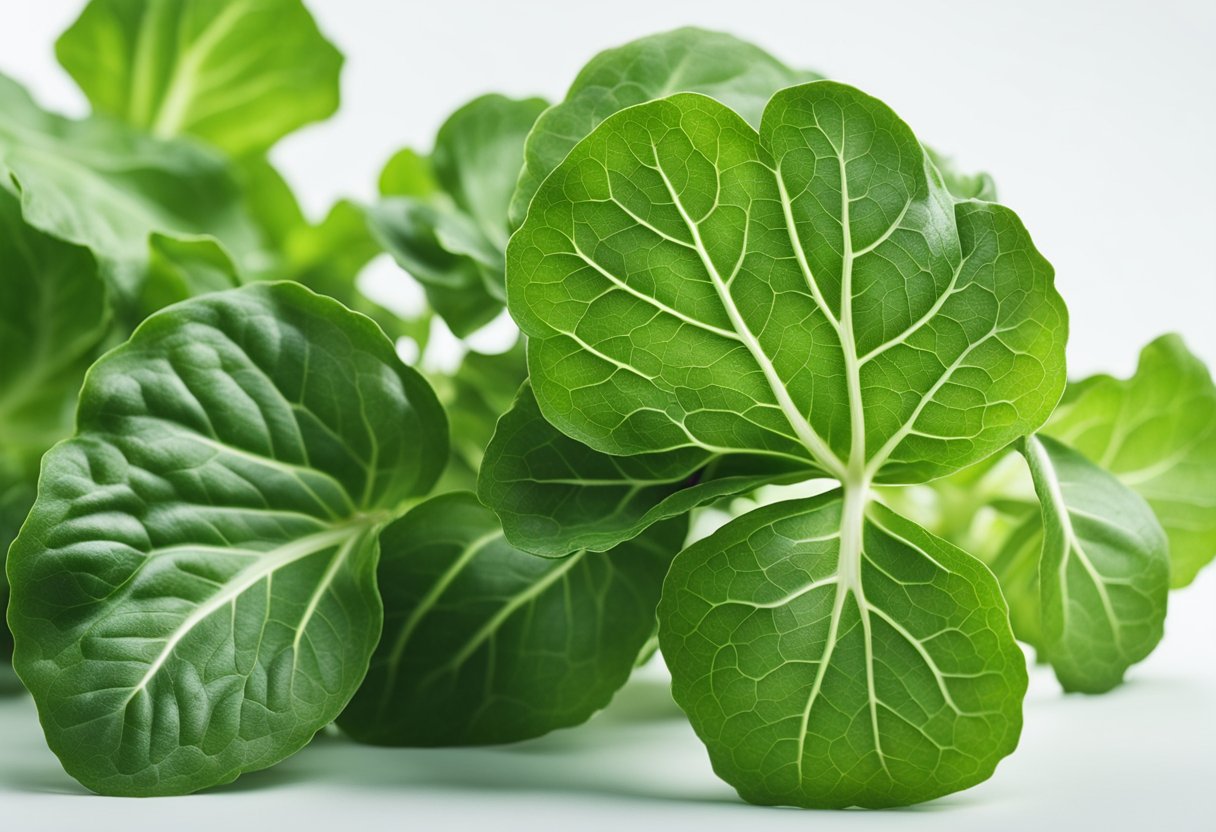
How can I make kale taste good?
Kale can taste bitter and tough, but there are ways to make it taste better. One way is to massage the kale with olive oil and a little bit of salt.
This helps to break down the fibers and makes it more tender. You can also add other ingredients like lemon juice, garlic, or Parmesan cheese to give it more flavor.
What are some recipes for kale salad?
Kale salad can be a healthy and delicious meal. Some popular recipes include a kale Caesar salad with homemade dressing, a kale and quinoa salad with roasted vegetables, or a kale and apple salad with a honey mustard dressing. You can also experiment with different toppings like nuts, seeds, or dried fruit.
What are some ways to prepare kale?
Kale can be prepared in many ways. You can sauté it with garlic and olive oil, roast it with salt and pepper, or add it to soups and stews. You can also make kale chips by baking kale leaves in the oven with a little bit of olive oil and salt.
What are some common flavors in kale smoothies?
Kale smoothies can be a great way to get your greens in. Some common flavors in kale smoothies include banana, berries, peanut butter, and almond milk. You can also add other ingredients like chia seeds, flax seeds, or protein powder for added nutrition.
How does the taste of kale compare to other leafy greens?
Kale has a distinct taste that can be bitter and slightly earthy. It is often compared to other leafy greens like spinach and collard greens. However, kale has a tougher texture than spinach and a stronger taste than collard greens.
Can kale taste bitter and how can I avoid it?
Kale can taste bitter, especially when it is raw. To avoid the bitterness, you can massage the kale with olive oil and salt or blanch it in boiling water for a few seconds. You can also choose younger kale leaves, which tend to be less bitter than older leaves.



